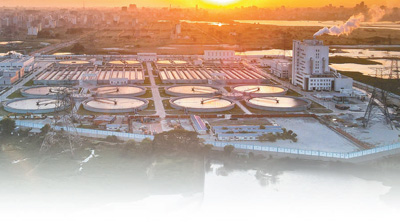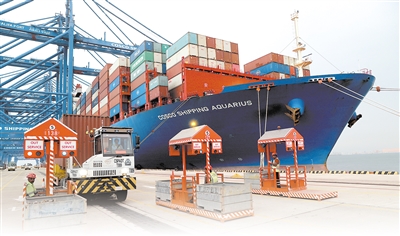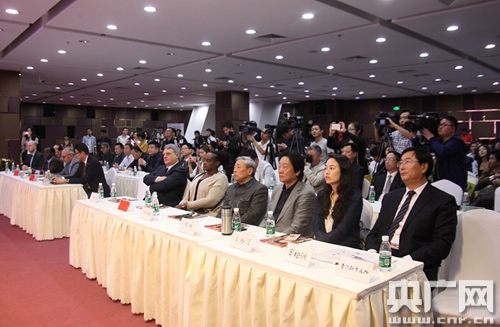National Railway Construction Continued To Advance And Completed Fixed Asset Investment Of More Than 500 Billion Yuan In The First Eight Months_Beijing Time
National Railway Construction Continued To Advance And Completed Fixed Asset Investment Of More Than 500 Billion Yuan In The First Eight Months_Beijing Time
The national railway construction continued to advance and completed fixed asset investment of more than 500 billion yuan in the first eight months
The national railway construction continued to advance and completed fixed asset investment of more than 500 billion yuan in the first eight months
In the golden autumn season, on the coast of the East China Sea, the construction of the Jintang Undersea Tunnel, a full-line control project of the Ningbo-Zhouzhou Railway, roared on the site of the construction of the Jintang Undersea Tunnel. Builders from the 14th Bureau of China Railway Engineering Group Co., Ltd. seized the progress of the construction period and made every effort to promote the tunneling construction at the entrance of the tunnel. The Jintang Undersea Tunnel is 16.18 kilometers long and has a maximum burial depth of 78 meters. It is the longest undersea high-speed rail tunnel in the world.
Since the beginning of this year, the construction of railway projects in many subways in my country has been promoted with high quality and efficiently. The reporter learned from China National Railway Group Co., Ltd. that from January to August this year, the national railway completed fixed asset investment of 504.1 billion yuan, an increase of 5.6% year-on-year, effectively playing a driving role in the investment of the whole society, injecting new momentum into the all-round expansion of domestic demand and promoting the sustained recovery and improvement of my country's economy.
According to the person in charge of the Construction Department of Railways Group, the Railways Group coordinated the use of resources and power, accelerated the promotion of railway construction, made positive progress, and better served regional economic and social development. From January to August this year, the Chongqing-Xiamen High-speed Railway Chongqing East to Qianjiang section, Chongqing East Station, Zhengzhou-Kaifeng Intercity Railway Songcheng Road Station to Kaifeng Station, Changjiu High-speed Railway Nanchang East to Hejia Line Section, and Shanghai South Station renovation projects were completed and put into production, further improving the regional road network layout and providing convenience for people along the route to travel.
At the same time, the construction projects under construction are progressing smoothly. All participating units will optimize construction organization, strengthen safety and quality, ecological and environmental protection, and project investment control, and promote the construction of key projects. In Hubei, the Dabie Mountain Tunnel of the Hewu Section of the Shanghai-Chongqing-Chengdu High-speed Railway, constructed by the 18th Bureau of China Railway Engineering Group Co., Ltd., broke through the 100-meter mark. The Dabie Mountain Tunnel is 14,698 meters long and passes through multiple fault breaking belts. It is the longest tunnel and control project of Hewu section. In Guangxi, the second-line Maolingjiang Super Bridge of the Qinzhou-Fangchenggang section of the Nanfang Railway, which was constructed by the 25th Bureau of China Railway Engineering Group Co., Ltd., entered the construction stage of the upper main structure. Maolingjiang Super Bridge is a full-line control project with a main span of 88 meters and crossing the Maolingjiang waterway.
The head of the Construction Department of Railways Group said that in the next step, Railways Group will continue to focus on serving national strategies and regional economic and social development, promote the planning and construction of key railway projects with high quality and efficiency, accelerate the construction of a modern railway infrastructure system, and ensure the successful conclusion of the "14th Five-Year Plan" of the railway.





